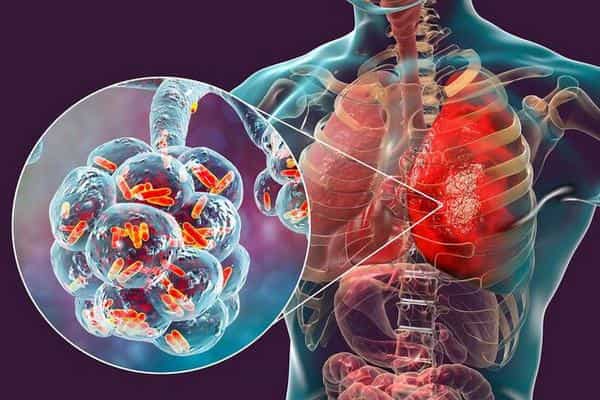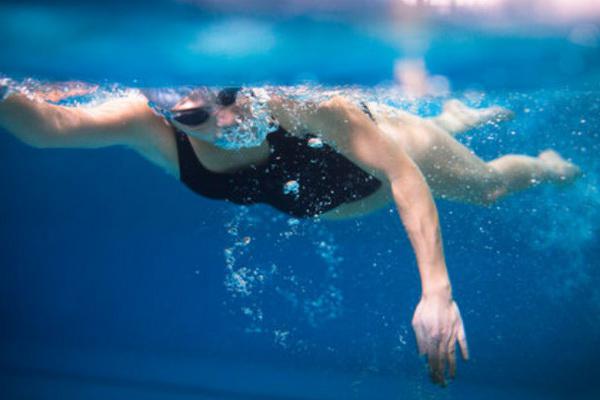Зміст
Summer is a great time for swimming lessons. On hot days, we are especially happy to spend time outdoors and in the water. However, we must carefully choose places for swimming – many reservoirs are contaminated with dangerous microbes. This can be equally dangerous in public pools. Despite the use of strong disinfectants, it is very easy to get a painful disease. Learn how to take care of your health while swimming and what symptoms should bother you after swimming in a pool, lake or sea.
How to get infected in the pool: Bladder cystitis

E. coli is the most common cause of bladder inflammation. You can catch them both in the pool, and in the polluted lake or the sea. Even a slight decrease in immunity and a bath with cool water is enough for microbes to attack our urinary tract. Typical symptoms include pain and burning during urination, as well as constant urge to bladder. The condition requires antibiotic treatment. We will reduce the risk of cystitis by using intimate hygienic fluids and urinating as soon as possible after bathing (this will remove any germs from the urinary tract). It is also important to change into dry clothes after leaving the water.
How to get infected in the pool: Intimate infections
When swimming in the pool, it is easy to get infected with vaginal Trichomonas. This dangerous protozoan causes vaginal discharge, pain and burning in the urethra (especially during urination), pain in the lower abdomen and discomfort during intercourse. Without treatment, this leads to chronic vaginitis and pregnancy problems. In pools, you can also become infected with chlamydia, a dangerous bacterium that loves moisture and high temperatures. Meanwhile, chlorine in water irritates the mucous membrane and destroys beneficial lactic acid bacteria, which contributes to the development of infections. Chlamydia causes an asymptomatic disease until a serious complication develops, such as ovarian inflammation in women or epididymis in men.
How to get infected in the pool: Food poisoning

Accidental consumption of even a small amount of water in a pool or sea is a common cause of food poisoning. They are responsible for E. coli, but also for rotaviruses. After bathing, nausea, vomiting, diarrhea, fever, and general malaise may appear. If symptoms persist after several days of an easily digestible diet, consult a doctor. Taking a bath in public places can also infect you with a parasitic disease. Pin worm infection is the most common. A characteristic symptom of the disease is anal itching.
Scientists also warn of dangerous bacteria that start to breed in the Baltic Sea. An increase in temperature in cool waters promotes the development of commas. They are responsible for severe food poisoning and inflammation of the intestines and connective tissue (this is manifested by pain, burning and intense redness of the skin). In people with weakened immune systems, they can even cause sepsis and lead to death. Comma infestation usually occurs while bathing if there are cuts on the skin.
How to get infected in the pool: Fungus

In the pool (and especially on the neighboring floors, in the dressing room or in the shower) you can easily become infected with foot mycosis. These hectic microbes love warm and humid places. The risk of infection is also increased due to a decrease in immunity or damage to the epidermis. The characteristic symptoms of ringworm are redness, itching and cracking of the skin – first between the fourth and fifth fingers, and then the third and fourth. Therefore, after swimming in the pool for preventive purposes, it is worth using an antifungal without a prescription ointment.
How to get infected in the pool: Legionella pneumonia
There is also a risk of Legionella infection while swimming in the pool. This dangerous bacterium grows especially rapidly in water at a temperature of 25-45 degrees Celsius. Most often found in hot water tanks or in plumbing installations. Unfortunately, this also appears in public pools. Legionella most often causes severe food poisoning, but in the elderly or immunocompromised, it causes severe pneumonia. A characteristic feature is a dry cough, a temperature above 40 degrees, shortness of breath and impaired consciousness. Mortality from pulmonary legionellas reaches 20 percent.








